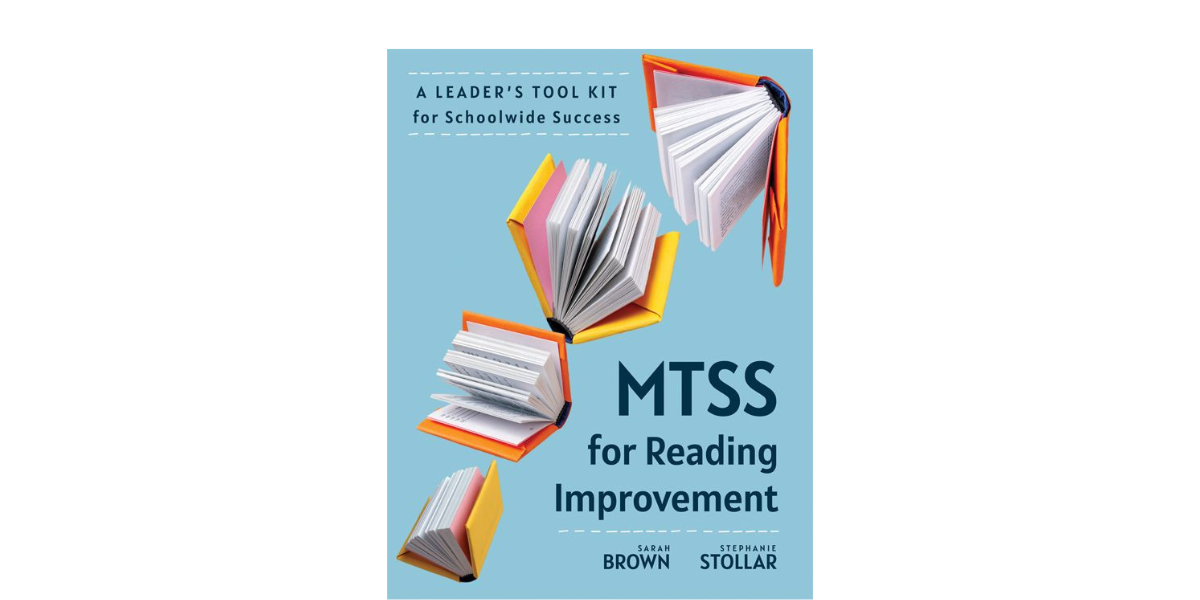Do We Stop Making Sense When We Assess With Nonsense Words?

I recently posted a video about my love of the Nonsense Word Fluency assessment that generate lots of questions and discussion. People asked for a document that included the points I had made in the video. I couldn't find anything, so I'm attempting a summary here. Let me know what you think.
Why Do So Many Assessments Use Non-words?
Reading non-words is a true indicator of the alphabetic principle and basic phonics. To read non-words, students must apply their knowledge of phoneme-grapheme relationships to decoding.
The alphabetic principle is an essential understanding that includes two parts:
1. the understanding that letters represent sound
2. the ability to recode letter sounds into whole words
Reading non-words requires accurately and automatically matching sounds to symbols, and blending the letter-sounds into words.
Students will only do well on nonword reading if they have acquired the alphabetic principle. Students who are reading via rote memorization of words, and those who do not have solid word attack skills, are likely to struggle reading non-words.
If we assess with real words, some students may have seen those words before and memorized them, and we wouldn’t be able to tell if they had the alphabetic principle or not.
Should I Use Non-words in Instruction?
The instant word recognition required for reading comprehension depends on the synthesis of graphemes, phonemes, and word meanings. Instruction that uses non-words works against this goal.
Students should be taught to read using real words. As soon as they know the letter “T” represents /t/ and the letter “A” represents /a/ they can be taught to blend them together to read the word “at”.
Nonsense words are used on the assessment for reasons mentioned above. There is no reason to practice reading nonsense words, to send a list of nonsense words home for practice, or to use nonsense words as the focus of instruction. While there isn’t anything wrong with occasionally using a nonsense word when rhyming, generating word families, or when working with older struggling readers, the emphasis should be on teaching reading with real words.
When students receive explicit and systematic instruction in letter-sound relationships and phonics, their performance on reading non-words will increase.
What is the Relationship Between the Alphabetic Principle, Phonemic Awareness and Reading Comprehension?
Students who are aware of phonemes in spoken words are well-positioned to learn to match phonemes (the smallest unit of spoken language) to graphemes (letters and letter combinations). Students who struggle with matching phonemes to graphemes may have difficulty with phonemic awareness.
Students who can accurately and automatically read non-words are ready to take advantage of instruction in more complex phonics patterns, which puts them on their way toward reading fluency and comprehension.
In this way, reading non-words acts as a keystone – an essential indicator of where a student is on the path to reading comprehension.
What is Nonsense Word Fluency?
Nonsense Word Fluency (NWF) is a one-minute indicator of the alphabetic principle and basic phonics used for universal screening and progress monitoring used in assessment systems, such as Acadience Reading K-6. Acadience Reading NWF includes 50 phonetically regular vowel-consonant and consonant-vowel-consonant non-words in rows of 5, where each row includes a word with each of the vowels in random order. NWF generates two scores – Correct Letter Sounds and Whole Words Read. Each score has a benchmark goal, below which students are predicted to have future reading difficulty unless they receive instructional support.
Why Are VC and CVC Words Used on Acadience Reading NWF?
The goal of Acadience Reading NWF is to screen for risk of reading failure by finding students who struggle with decoding early enough (in kindergarten and first grade) to change the predicted outcome.
Simple single syllable words are often taught to young children first because they frequently appear in text for young children. Reading words with these patterns serves as an accurate index of basic phonics and decoding skills in K-2. Starting in the middle of first grade, an additional screening tool called Oral Reading Fluency (ORF), is used to screen on phonics patterns that are more difficult than CVC.
Won’t Students Want to Turn the Words Into Real Words?
Students who have been explicitly taught to decode will not have difficulty with a nonword assessment. Students who are stumped by reading non-words are often the ones whose instruction has overemphasized meaning or placed it incorrectly as a strategy for decoding. Pointing out that what looks like a nonword is often a syllable within a larger word in their spoken vocabulary can sometimes put students at ease.
How Should Students Read the Words on NWF?
The preferred response on NWF is to read the words correctly as whole words without having to go sound-by-sound first. Reading sound-by-sound and then blending the word is an appropriate scaffold taught to students in kindergarten. However, reading text at a rate that facilitates comprehension requires students to become so automatic with letter-sounds and unitizing letter-sounds that they no longer need the scaffold and can instantly read the word as a whole instantly on sight. Teachers can remove the scaffold very early in kindergarten so that students effortless read real words as whole from the start, as they read words like "am", "on", "at" and "mat".
What Instructional Information Can You Gain From NWF?
Because responses are scored for Correct Letter Sounds and Whole Words Read on Acadience NWF, teachers can gain a great deal of information by analyzing student responses, including:
- Accuracy of letter-sound relationships
- Reading the closed syllable pattern, indicating the short-vowel sound
- Accuracy in unitizing letter-sounds into a whole word
- Fluency and automaticity with correctly reading whole words
Teachers should use the scores from NWF to predict future reading performance and identify students who need instructional support. Additionally, teachers should look beyond the score to routinely analyze the word reading behaviors for assistance in planning instruction.
Is It Appropriate to Test English Learners with Non-words?
NWF is appropriate for all students learning to read in English. In order for students to become accurate and fluent readers of English, an underlying awareness of the phonics structure of English words is necessary in order to apply word attack skills when encountering unfamiliar words in text. NWF predicts reading performance for English learners as well as it does for native English speakers.

Dr. Stephanie Stollar is the founder of Stephanie Stollar Consulting LLC and the creator of The Reading Science Academy. She is a part-time assistant professor in the online reading science program at Mount St. Joseph University, and a founding member of a national alliance for supporting reading science in higher education.
You can follow Stephanie Stollar Consulting and the Reading Science Academy on Facebook, YouTube, Twitter, Instagram and LinkedIn, and contact her at [email protected].
⭐️ Get Dr. Stollar's free resources on the science of reading here! →


